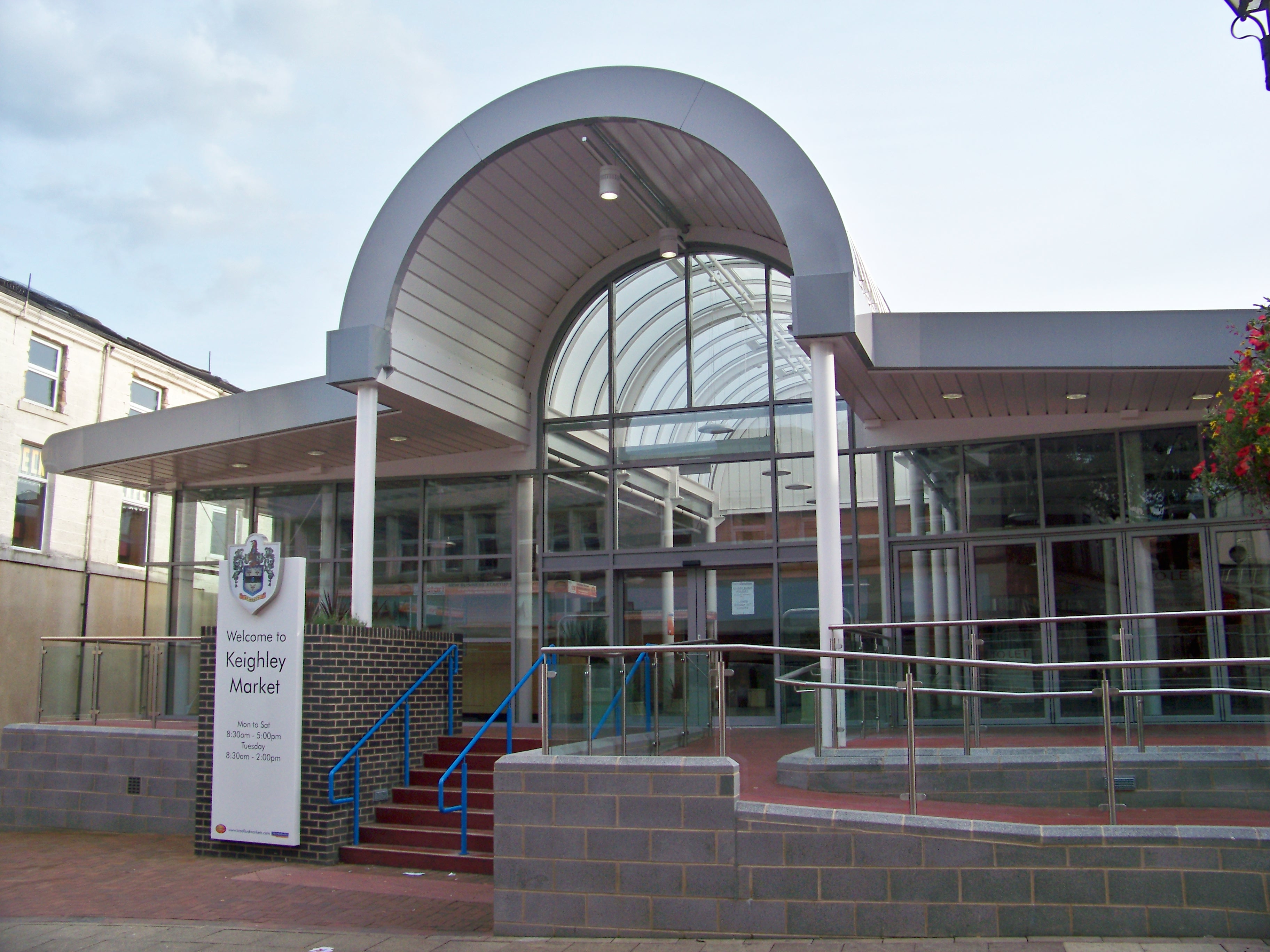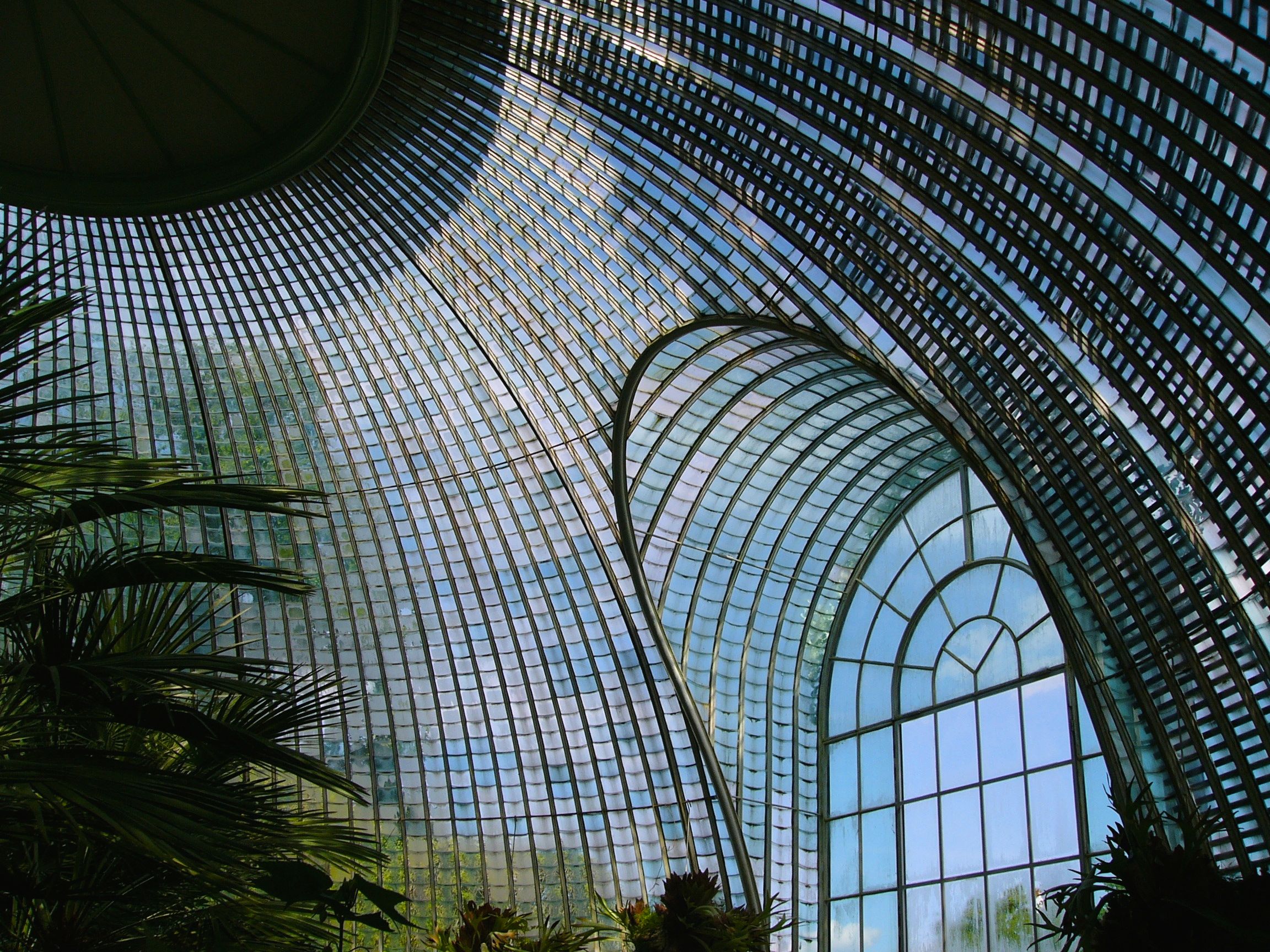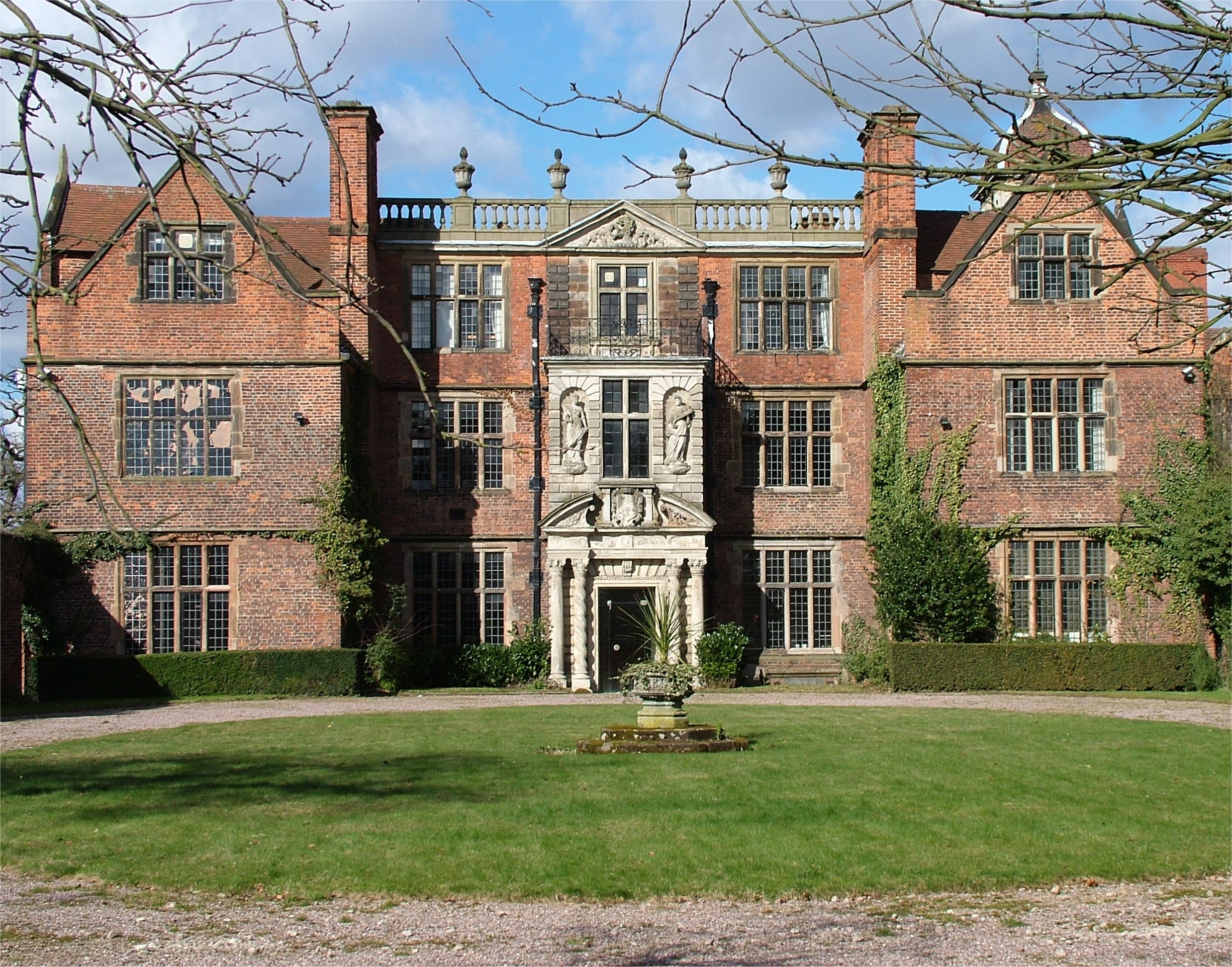|
Cliffe Castle Museum
Cliffe Castle Museum, Keighley, West Yorkshire, England, is a local heritage museum which opened in the grand, Victorian, neo-Gothic Cliffe Castle in 1959. Originating as Cliffe Hall in 1828, the museum is the successor to Keighley Museum which opened in Eastwood House, Keighley, in . There is a series of galleries dedicated to various aspects of local heritage, and to displaying the house itself, which is a Grade II listed building. History It is believed that Keighley Museum was established in 1893, because that is when its first location, Eastwood House, Keighley, was purchased for the public.Information from museum staff. In 1950 the local benefactor Sir Bracewell Smith purchased Cliffe Castle, and had it redesigned as a museum and art gallery for the people of Keighley.Leaflet: ''Cliffe Castle Museum'', 2007. The museum re-opened as Cliffe Castle Museum and Art Gallery in 1959. The building Cliffe Hall was built by Christopher Netherwood between 1828 and 1833, and design ... [...More Info...] [...Related Items...] OR: [Wikipedia] [Google] [Baidu] |
Keighley
Keighley ( ) is a market town and a civil parishes in England, civil parish in the City of Bradford Borough of West Yorkshire, England. It is the second-largest settlement in the borough, after Bradford. Keighley is north-west of Bradford, north-west of Bingley, north of Halifax, West Yorkshire, Halifax and south-east of Skipton. It is governed by Keighley Town Council and Bradford City Council. Keighley is in West Yorkshire, close to the borders of North Yorkshire and Lancashire. Historic counties of England, Historically in the West Riding of Yorkshire, it lies between Airedale and Keighley Moors. At the 2011 census, Keighley had a population of 56,348. History Toponymy The name Keighley, which has gone through many changes of spelling throughout its history, means "Cyhha's farm or clearing", and was mentioned in the Domesday Book of 1086: "In Cichhelai, Ulchel, and Thole, and Ravensuar, and William had six carucates to be taxed." Town charter Henry de Keighley, a ... [...More Info...] [...Related Items...] OR: [Wikipedia] [Google] [Baidu] |
Conservatory (greenhouse)
A conservatory is a building or room having glass or other transparent roofing and walls, used as a greenhouse or a sunroom. Usually it refers to a space attached to a conventional building such as a house, especially in the United Kingdom. Elsewhere, especially in America, it can often refer to a large freestanding glass-walled building in a botanic garden or park, sometimes also called a palm house if tall enough for trees. Municipal conservatories became popular in the early 19th century. Description Many cities, especially those in cold climates and with large European populations, have built municipal conservatories to display tropical plants and hold flower displays. This type of conservatory was popular in the early nineteenth century, and by the end of the century people were also giving them a social use (e.g., tea parties). Conservatory architecture varies from typical Victorian glasshouses to modern styles, such as geodesic domes. Many were large and impressive ... [...More Info...] [...Related Items...] OR: [Wikipedia] [Google] [Baidu] |
Cliffe Castle Stairs
Cliffe may refer to: Places in England * Cliffe, Kent, a village * Cliffe, Richmondshire, North Yorkshire, a village and civil parish * Cliffe, Selby, North Yorkshire, a village and civil parish * Cliffe, a village that is now a part of Lewes, Sussex * Cliffe Hill, east of Lewes * Cliffe Fort, a disused artillery fort at the mouth of the Thames River People * Bruce Cliffe (born 1946), New Zealand businessman and former politician * Frederic Cliffe (1857–1931), English composer, organist and teacher * Fred E. Cliffe (1885–1957), English songwriter * Jess Cliffe (born 1987), video game designer * Joel Cliffe (born 1980), English former first-class cricketer * Lionel Cliffe (1936–2013), English political economist and activist * Michael Cliffe (1903–1964), British politician * Rebecca Cliffe (born 1990), British zoologist Other uses * The Cliffe, a residence in Peppermint Grove, Western Australia * Cliffe railway station, Cliffe-at-Hoo, Kent, England * Cliffe railway stati ... [...More Info...] [...Related Items...] OR: [Wikipedia] [Google] [Baidu] |
Flemish Gable
Flemish may refer to: * Flemish, adjective for Flanders, Belgium * Flemish region, one of the three regions of Belgium *Flemish Community, one of the three constitutionally defined language communities of Belgium * Flemish dialects, a Dutch dialect cluster spoken in Flanders * Flemish people or Flemings, inhabitants of Flanders See also * Flanders (other) Flanders is the country of the Flemings; for several decades, it has also been a community and region in Belgium. Geographically and historically, it has also covered parts of France and the Netherlands but may also refer to: Places Americas ... * {{disambiguation Language and nationality disambiguation pages ... [...More Info...] [...Related Items...] OR: [Wikipedia] [Google] [Baidu] |
Gable
A gable is the generally triangular portion of a wall between the edges of intersecting roof pitches. The shape of the gable and how it is detailed depends on the structural system used, which reflects climate, material availability, and aesthetic concerns. The term gable wall or gable end more commonly refers to the entire wall, including the gable and the wall below it. Some types of roof do not have a gable (for example hip roofs do not). One common type of roof with gables, the 'gable roof', is named after its prominent gables. A parapet made of a series of curves (shaped gable, see also Dutch gable) or horizontal steps (crow-stepped gable) may hide the diagonal lines of the roof. Gable ends of more recent buildings are often treated in the same way as the Classic pediment form. But unlike Classical structures, which operate through post and lintel, trabeation, the gable ends of many buildings are actually bearing-wall structures. Gable style is also used in the design of ... [...More Info...] [...Related Items...] OR: [Wikipedia] [Google] [Baidu] |
Thoresby Hall
Thoresby Hall is a 19th-century country house and park in Budby, Nottinghamshire, some 2 miles (4 km) north of Ollerton. It is one of four neighbouring country houses and estates in the Dukeries in north Nottinghamshire all occupied by dukes at one time during their history. The hall is constructed of rock-faced ashlar with ashlar dressings. It is built in four storeys with a square floor plan surrounding a central courtyard, nine window bays wide and eight bays deep. History Robert Pierrepont, 1st Earl of Kingston-upon-Hull acquired the Thoresby lands in 1633, but was killed in the Civil War in 1643. His son Henry Pierrepont, the 2nd Earl, built the first grand house, attributed to the architect Talman, about 1670. The house was remodelled for William Pierrepont, the 4th Earl, during 1685–87, probably by Benjamin Jackson, after the earl had been granted the right in 1683 to create the park by enclosure from Sherwood Forest. The house was the birthplace of Lady Mary P ... [...More Info...] [...Related Items...] OR: [Wikipedia] [Google] [Baidu] |
Gervas Pierrepont, 6th Earl Manvers
Gervas Evelyn Pierrepont, 6th Earl Manvers, MC, JP (15 April 1881 – 13 February 1955), known as Gervas Pierrepont until 1940, was a British hereditary peer, soldier, landowner and member of the House of Lords. Early life and education The eldest son of the Honourable Evelyn Henry Pierrepont, second son of Sydney Pierrepont, 3rd Earl Manvers, Pierrepont was educated at Winchester College and the Royal Indian Engineering College, Coopers Hill. Military service Pierrepont served in the British Army, on the General List, in the First World War from 1914 to 1919, reaching the rank of Captain. He also served on the Claims Commission in Belgium from 1916–1917. He was decorated with the Military Cross, the Order of the Crown of Belgium, and the Croix de Guerre. Later life After the First World War, Pierrepont served as a Justice of the Peace for the County of London. He represented Brixton as a Municipal Reform Party member of the London County Council from 1922 to 1946. He ... [...More Info...] [...Related Items...] OR: [Wikipedia] [Google] [Baidu] |
Mary Of Teck
Mary of Teck (Victoria Mary Augusta Louise Olga Pauline Claudine Agnes; 26 May 186724 March 1953) was List of British royal consorts, Queen of the United Kingdom and the British Dominions, and Empress of India, from 6 May 1910 until 20 January 1936 as the wife of King-Emperor George V. Born and raised in London, Mary was the daughter of Francis, Duke of Teck, a German nobleman, and Princess Mary Adelaide of Cambridge, a granddaughter of King George III. She was informally known as "May", after the month of her birth. At the age of 24, she was betrothed to her second cousin once removed Prince Albert Victor, Duke of Clarence and Avondale, who was second in line to the throne. Six weeks after the announcement of the engagement, he died unexpectedly during 1889–1890 pandemic, a pandemic. The following year, she became engaged to Albert Victor's only surviving brother, George, who subsequently became king. Before her husband's accession, she was successively Duchess of York, Du ... [...More Info...] [...Related Items...] OR: [Wikipedia] [Google] [Baidu] |
King George V
George V (George Frederick Ernest Albert; 3 June 1865 – 20 January 1936) was King of the United Kingdom and the British Dominions, and Emperor of India, from 6 May 1910 until his death in 1936. George was born during the reign of his paternal grandmother, Queen Victoria, as the second son of the Prince and Princess of Wales (later King Edward VII and Queen Alexandra). He was third in the line of succession to the British throne behind his father and his elder brother, Prince Albert Victor. From 1877 to 1892, George served in the Royal Navy, until his elder brother's unexpected death in January 1892 put him directly in line for the throne. The next year George married his brother's former fiancée, Princess Victoria Mary of Teck, and they had six children. When Queen Victoria died in 1901, George's father ascended the throne as Edward VII, and George was created Prince of Wales. He became king-emperor on his father's death in 1910. George's reign saw the rise of soc ... [...More Info...] [...Related Items...] OR: [Wikipedia] [Google] [Baidu] |
Mayor
In many countries, a mayor is the highest-ranking official in a Municipal corporation, municipal government such as that of a city or a town. Worldwide, there is a wide variance in local laws and customs regarding the powers and responsibilities of a mayor as well as the means by which a mayor is elected or otherwise mandated. Depending on the system chosen, a mayor may be the chief executive officer of the municipal government, may simply chair a multi-member governing body with little or no independent power, or may play a solely ceremonial role. A mayor's duties and responsibilities may be to appoint and oversee municipal managers and employees, provide basic governmental services to constituents, and execute the laws and ordinances passed by a municipal governing body (or mandated by a state, territorial or national governing body). Options for selection of a mayor include direct election by the public, or selection by an elected governing council or board. The term ''mayor ... [...More Info...] [...Related Items...] OR: [Wikipedia] [Google] [Baidu] |
Acre
The acre ( ) is a Unit of measurement, unit of land area used in the Imperial units, British imperial and the United States customary units#Area, United States customary systems. It is traditionally defined as the area of one Chain (unit), chain by one furlong (66 by 660 Foot (unit), feet), which is exactly equal to 10 square chains, of a square mile, 4,840 square yards, or 43,560 square feet, and approximately 4,047 m2, or about 40% of a hectare. Based upon the International yard and pound, international yard and pound agreement of 1959, an acre may be declared as exactly 4,046.8564224 square metres. The acre is sometimes abbreviated ac, but is usually spelled out as the word "acre".National Institute of Standards and Technolog(n.d.) General Tables of Units of Measurement . Traditionally, in the Middle Ages, an acre was conceived of as the area of land that could be ploughed by one man using a team of eight oxen in one day. The acre is still a statutory measure in the U ... [...More Info...] [...Related Items...] OR: [Wikipedia] [Google] [Baidu] |
Jacobean Architecture
The Jacobean style is the second phase of Renaissance architecture in England, following the Elizabethan style. It is named after King James VI and I, with whose reign (1603–1625 in England) it is associated. At the start of James's reign, there was little stylistic break in architecture, as Elizabethan trends continued their development. However, his death in 1625 came as a decisive change towards more classical architecture, with Italian influence, was in progress, led by Inigo Jones. The style this began is sometimes called Stuart architecture, or English Baroque (though the latter term may be regarded as starting later). Courtiers continued to build large prodigy houses, even though James spent less time on summer progresses around his realm than Elizabeth had. The influence of Flemish and German Northern Mannerism increased, now often executed by recruited craftsmen and artists, rather than obtained from books as in the previous reign. There continued to be very little b ... [...More Info...] [...Related Items...] OR: [Wikipedia] [Google] [Baidu] |








